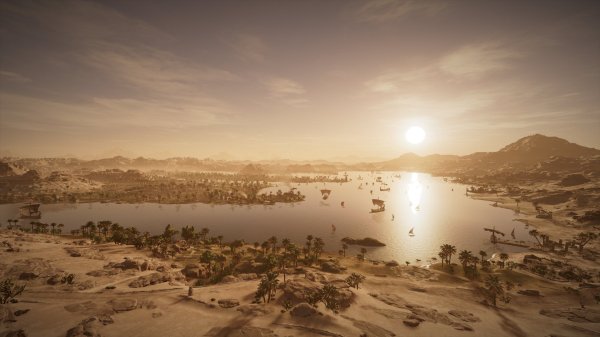Earlier this month, an ambitious tour of numerous, awe-inspiring sights was launched. This expedition is due to last 18 weeks, and has over 8,000 participants. It has been meticulously planned, with social events and meetups scheduled so those partaking can share and discuss their observations. It might not have captured the attention of the world because this tour is happening amongst the stars of Elite Dangerous – a massively multiplayer, open-world spaceflight sim.
Distant Worlds 2 is an unofficial exploration tour which kicked off on January 13th, 2019. Players began their voyage in the Pallaeni system, and the tour will conclude upon arrival at a location named Beagle Point; some 65,000 light years later. The expedition’s mission statement is to take its thousands of participants – known as Commanders – on a journey of discovery. Distant Worlds 2 has garnered mainstream press coverage, with articles in Polygon and PC Gamer. Even NASA astronaut Chris Hadfield sent a message of encouragement to the Distant Worlds explorers.
The expedition itself is also embedded with social features often associated with going on a tour. Whilst participants are able to travel the planned route at their own pace, designated waypoints have been set allowing players in groups and solo explorers to rendezvous each weekend. Distant Worlds 2 describes its ethos as one of “freedom and diversity,” supported by a framework of social inclusion – these ‘Waypoint Weekends’ will therefore feature games, events and competitions along the way.
Whilst I’m not one of the adventurous trailblazers presently en route to Beagle Point, I am currently in the midst of an Elite Dangerous binge. It’s a game I play in spurts, because it takes me a very long time to accomplish very little. At least, it does the way I play it, which is part of the pleasure I derive from my time amongst its stars. The game is ostensibly based around four central pursuits: mining, trading, combat and exploration. However, beyond these pillars there is very little structure to guide players. Instead, developer Frontier effectively leaves it to the individual to decide how they want to interact with the game’s universe. There is an overarching narrative that guides major in-game developments, be it around the political powers operating therein or the presence of an alien threat. However, this largely sits in the background – I prefer to set myself a goal, get halfway there and become distracted with another pursuit that catches my eye on the way.

However, what makes Elite Dangerous such an interesting subject to write about through the lens of game tourism are the ways in which its player base has created social traditions around the concepts of travel, exploration and sight-seeing outside of the game’s in-built progression structure and narrative (such as it is). This truly is an example of democratic exploration and social expansion, one in which players can participate, or simply observe as interested bystanders gazing across the stars.
The Elite Dangerous subreddit regularly features posts from players who have made a journey to distant destinations known for their beauty. Exploration by way of tourism has also become a legitimate way of progression in the game itself – credits (in-game money) are awarded for data collected by visiting star systems, and players can pick up missions at orbital stations in which they are tasked with ferrying passengers on sight-seeing trips across the galaxy.
Around a year ago, a group of players formed The Galactic Travel Agency (TGTA) with a view to providing players with their own in-game “sightseeing service” – distinct from the game’s set missions and for players themselves. The TGTA is a self-proclaimed non-profit organisation – whilst it has broadened its outreach efforts to include mining and trading activities, its current collaboration with Distant Worlds 2 demonstrates the Agency’s continued commitment to “democractize exploration.” Players can work with the Agency as tour guides during the Distant Worlds expedition, deriving a sense of accomplishment through the pursuit of showing others “the wonderful waypoints, awe-inspiring sights and great communities of the expedition.”
In his book Tourism: Rethinking the Social Science of Mobility, Colin Michael Hall focuses on mobility as a concept through which tourism might be defined and understood. His research seeks to place the study of tourism within the context of a “wider economic, political, and social environment within which the phenomenon of tourism mobility occurs.” In this sense, one might characterise the player appropriation of exploration in Elite Dangerous – with its emphasis on freedom, diversity and community – as an act of democratising mobility itself. It serves to remove in-game constraints such as skill, experience and expense, providing all commanders with access to the wonders of the stars. Per ardua ad astra, indeed.
_________
You can follow the Distant Worlds 2 expedition schedule here.
Hall, Colin Michael. Tourism: Rethinking the Social Science of Mobility. Harlow: Pearson Education Limited, 2005




